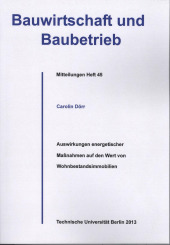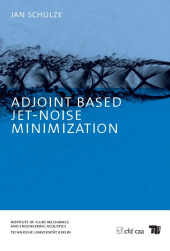Development Patterns and Socioeconomic Transformation in Peri-Urban Area

Publishing year: 2013
Peri-urban areas as the interface between urban and rural regions are currently experiencing enormous changes due to the extension of urban activities. The rapid growth of newly built environment and the apparent transformations of socioeconomic structure reveal how these areas become contested regions. It is recognized that peripheral areas have many advantages to accommodate the agglomeration of urban functions. As a result, the rapid pace of in-migration has been reshaping land-use patterns, economic structures, traditional culture, and neighborhood life. This research attempts to address these issues. By focusing on the case of Yogyakarta as one of the fast growing metropolises in Indonesia, at the theoretical level, this study is concerned with urban growth, urbanization, and the expansion of urbanism. These concerns are then explored through an investigation on three related phenomena: (1) land-use and space-use changes and the resulting socio-spatial patterns; (2) economic restructuring and the diversification of rural livelihood that leads to social transformation; (3) the role of local government and planning policy in driving development. Data was collected through a combination of methods including spatial data from IKONOS satellite images and aerial photographs, survey’s questionnaires, direct observation, and in-depth interviews. Questionnaires were distributed to households of ten villages located in two regencies, Sleman and Bantul. In-depth interviews involved several groups of expert respondents including academics, government officials, planners, and developers or business actors. Field research was carried out between April and July 2009. Based on two case studies, this work finds that peri-urbanization in Yogyakarta could be characterized in several ways. First, it is generated by property investment, particularly for the development of residential estates and institutions of higher education. Second, the level of urbanization, with reference to the percentage of households engaging in non-farm activities, is not influenced by the market mechanism but by regional development policy implemented by local government. Third, the emerging socioeconomic transformation presents a particular feature of which the multi-ethnic community and neighborhood based on occupation, social status and economic class characterize the dualism between urban and rural ways of life and express pseudo-urbanism. Fourth, working in the informal economic sector as survival strategy leads the peasant into marginality, as exemplified by the situation in Sleman, whereas pervasive small industry as the rural economy’s agent of development stimulates the emergence of local entrepreneurship, the situation in Bantul. This study makes no attempt to draw a general conclusion from these two cases. Rather it aims to provide live evidence of particular situational dynamics and resulting development patterns of peri-urbanization. Understanding the impact of development policy on spatial and socioeconomic change has implications for urban governance and growth management, as well as for future research.



